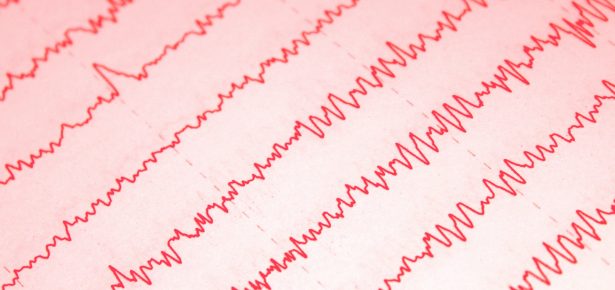
“Do epileptologists just make things up?” remarked one of my trainees after seeing me read an EEG, obviously completely exasperated looking at a screen full of squiggly lines! EEGs are indeed daunting to look at, but easy to read once you understand the “the method to my madness”. At least, that’s what I would like you to believe!
EEGs are an objective and powerful tool to assess cerebral function and frankly the only definitive way to diagnose epileptic seizures. Once confined to the neurologist’s office, they are now frequently encountered in all types of hospital settings including emergency rooms, intensive care units, hospital wards, and even operating rooms. Advancements in technology promise to increase their application and portability making them an essential part of modern neurological care. However, despite increased utilization, EEGs are often considered too complex to be useful for bedside clinical decision making. They are not utilized as they should be, as an aid and extension of the neurological examination. A lack of standardized reporting also confuses the end user. Not uncommonly, experts will differ greatly in their interpretation of EEG patterns. Overtly concerning patterns to some, may be simply brushed off by others!
How does a trainee make sense of all this? How do they develop their own approach to interpreting EEGs for the benefit of their patients? How do you learn and teach someone else to read an EEG? These questions motivated me to write this book. A book that I would have loved to have in my coat pocket if I could go back to my training days. Further, this book is designed to be simple and useful to anyone interested in EEGs, it is not just limited to clinical trainees. This includes general neurologists, psychiatrists, neurosurgeons, intensivists, internist and other specialist, physician assistants, advanced care providers, EEG technologists, nursing, pharmacists, researchers, and partners in industry. Even established readers and experts would benefit from the approach especially regarding critical care EEG terminology.
The book should be read sequentially in its three parts. The first part (Basics) equips the reader with the foundations needed to begin EEG reading. It consists of chapters dedicated to understanding the technical aspects of interpretation, maturation, and the normal EEG. Part II (Interpretation), begins with a suggested approach to reading (my favorite chapter). This is the heart of the book and describes how to recognize abnormalities as well as other patterns such as artifact and benign variants. It also describes how to use the latest critical care EEG terminology for patterns encountered in the critically ill and each of their significance. How to make a diagnosis of electrographic seizures is described. Activation procedures such as hyperventilation and photic stimulation are also covered here. Part III (Specific conditions) contains specific clinical situations commonly encountered in clinical practice and is designed to serve as a mini atlas of examples. It explains the role and significance of the EEG in each of these conditions. It also contains suggested approaches to EEG interpretation such these conditions including seizure mimics, seizures, epilepsy, epilepsy syndromes, focal dysfunction (lesions), global dysfunction (encephalopathy), status epilepticus and post cardiac arrest. Examples of EEG in uncommon conditions such as Creutzfeldt Jackob Disease (CJD) , Subacute Sclerosing Panencephalitis (SSPE) and anti-NMDAR receptor encephalitis are also provided. There is a brief description of EEG in brain death determinations. The book ends with a note on how to report EEGs.
It is my desire that the book serves it intended design. Not so much as another atlas or encyclopedic text on EEG (excellent texts already exist) but as a simple and pocket sized “how to guide” to understanding EEGs and confidently recognizing EEG patterns to benefit your patients. The “how to” aspect is the ethos of the book and it should reflect throughout your reading.
I hope you enjoy it !
Latest Comments
Have your say!